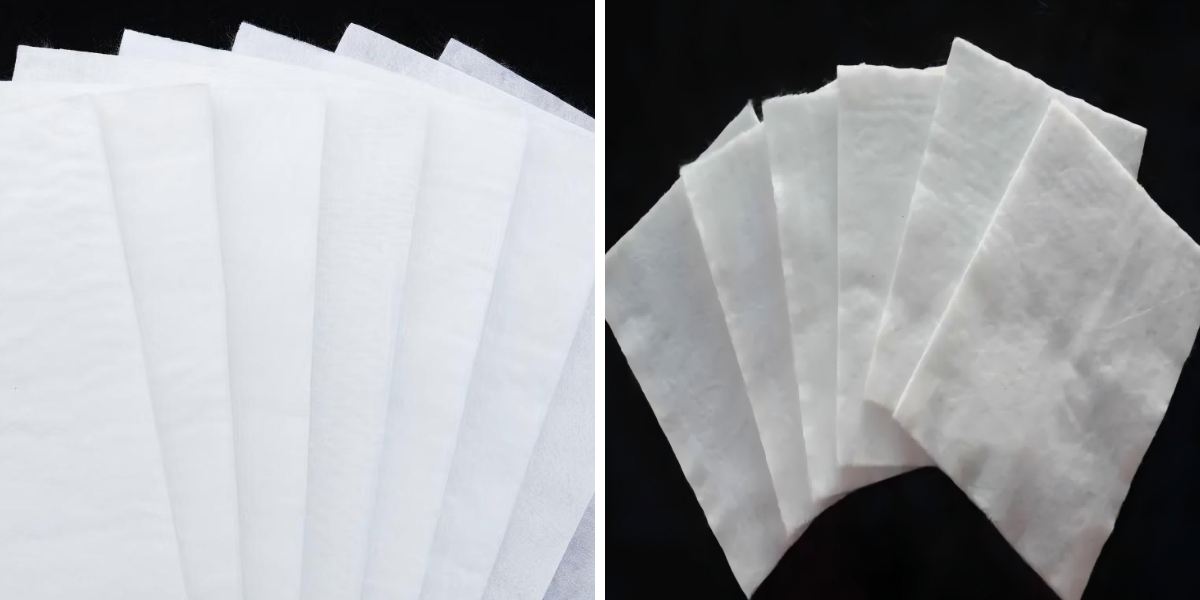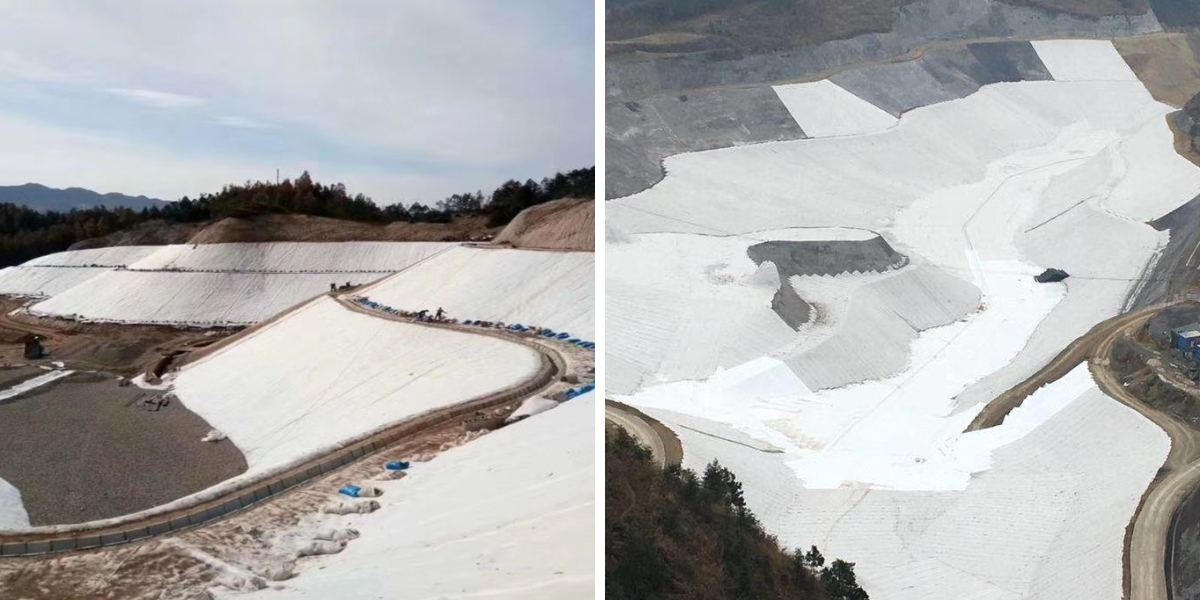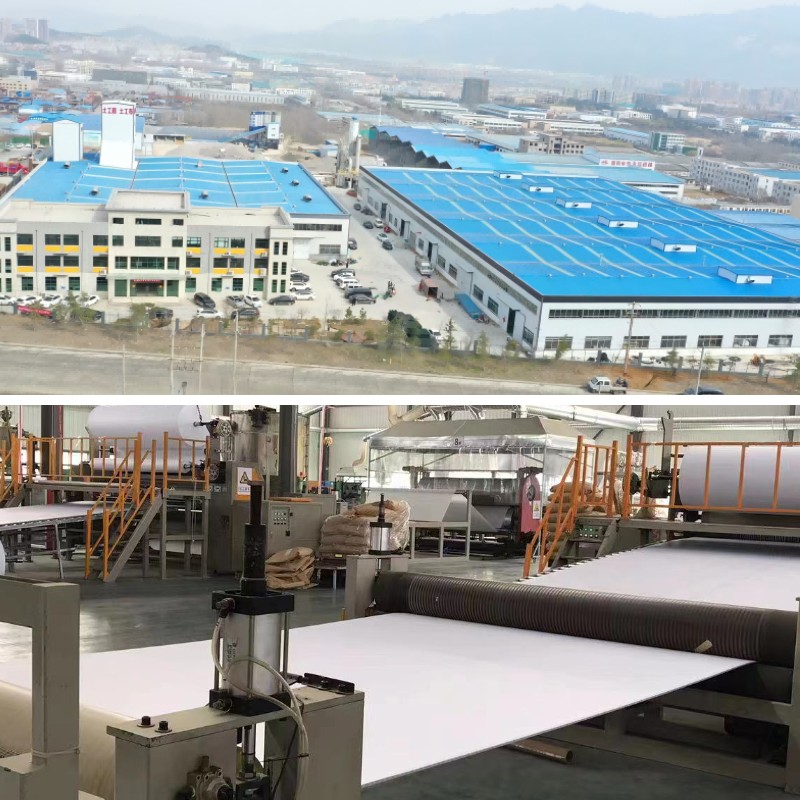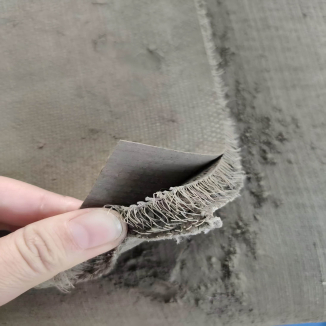Geotextiles for Erosion Control: Protecting Slopes and Riverbanks
Erosion is a silent risk that regularly eats away at our herbal and developed environments, from steep slopes alongside highways to inclined riverbanks that protect communities. Left unchecked, it can lead to landslides, property damage, and the loss of fertile soil—impacting each and every ecosystems and human settlements. Fortunately, contemporary engineering provides a dependable solution: geotextiles. These specialised materials, in addition referred to as geo cloth or geo cloth cloth, have revolutionized erosion control, imparting durable, internal your capability protection for slopes and riverbanks. In this guide, we’ll discover out how geotextiles work, their types, applications, and why they’re a cornerstone of sustainable erosion management.
Understanding Erosion: Why Slopes and Riverbanks Need Protection
Before diving into geotextiles, it’s critical to draw shut the forces at the once more of erosion. Slopes are inclined to erosion due to rainfall, wind, and human activity—each drop of rain dislodges soil particles, even as runoff comprises them downhill. Over time, this creates ruts, gullies, and eventually, instability that can set off landslides. Riverbanks face a one of a range challenge: the regular stress of flowing water, which scours the banks, widens channels, and threatens shut via capacity of infrastructure like bridges or homes.
Traditional erosion manipulate methods, such as concrete retaining partitions or rock riprap, are usually expensive, rigid, and hazardous to regional ecosystems. They disrupt herbal water waft and can block the lengthen of vegetation, which performs a key feature in maintaining soil together. This is the region geotextiles shine. A geo material fabric acts as a barrier that stabilizes soil even as enabling water and air to pass through, supporting plant prolong and maintaining ecological balance. By reinforcing the soil structure, geotextiles preclude the have an impact on of erosion barring sacrificing environmental health.
What Are Geotextiles? Exploring the Basics of This Essential Material
Geotextiles are permeable cloth designed to beautify soil stability, drainage, and erosion resistance. Made from artificial components like polypropylene or polyester, they’re engineered to face up to harsh conditions, alongside with UV radiation, chemical exposure, and heavy loads. The time size “geo fabric” is normally used interchangeably with “geotextile,” referring to the equal kind of materials that bridge the hole between herbal soil and human-made structures.
A key function of geotextiles is their porosity. Unlike impermeable barriers, they permit water to filter through, stopping the buildup of hydrostatic stress that can weaken slopes and riverbanks. At the equal time, their woven or non-woven structure traps soil particles, stopping them from being washed away. This twin function—permeability and soil retention—makes geotextiles perfect for erosion control, as they deal with the root motives of erosion whilst helping herbal drainage.
Types of Geotextiles for Erosion Control: Woven vs. Non-Woven
Not all geotextiles are created equal. The two predominant types—woven and non-woven—each have extraordinary homes that make them super for distinctive erosion manipulate tasks. Understanding their versions helps in selecting the relevant geo material for your project.
Woven Geotextiles are made through interlacing yarns or fibers in a grid pattern, identical to general cloth. This shape provides them excessive tensile strength, making them extraordinarily proper for reinforcing soil on steep slopes or areas with heavy traffic. Woven geotextiles are frequently used to stabilize floor previously than enchancment or to give up slope failure, as their stress resists stretching and shifting. They’re in addition brilliant in riverbank protection, the vicinity they can stand up to the stress of fast-moving water.
Non-Woven Geotextiles, on the great hand, are made with the aid of capacity of bonding fibers at the same time by using potential of heat, chemicals, or mechanical processes, creating a fuzzy, felt-like material. While they have decrease tensile electrical strength than woven varieties, non-woven geotextiles excel at filtration and drainage. Their porous form approves water to go with the go with the glide via the usage of even as trapping fine soil particles, making them best for stopping sediment runoff from setting up internet web sites or defending average slopes. They’re moreover large flexible, conforming besides challenge to uneven terrain—an gain when working on irregular riverbanks or herbal landscapes.
In many cases, responsibilities mix each types: a woven geotextile offers strength, even as a non-woven geo cloth cloth offers filtration. This aggregate ensures complete protection nearer to erosion in difficult environments.
How Geotextiles Protect Slopes: Stabilization and Reinforcement
Slopes are amongst the most erosion-prone areas, widely speakme in areas with heavy rainfall or frequent storms. Geotextiles shield slopes thru two key mechanisms: stabilization and reinforcement.
Stabilization starts offevolved with the geotextile appearing as a barrier between one-of-a-kind soil layers. When placed on the slope surface, a geo material fabric prevents the topsoil from mixing with underlying layers, which can provide up up saturated and lose cohesion. This separation continues the soil shape intact, decreasing the hazard of slippage. Non-woven geotextiles are frequently awesome here, as their porous format lets in water to drain away from the slope, stopping oversaturation.
Reinforcement is the region woven geotextiles shine. By embedding a woven geo fabric into the slope, engineers create a “reinforced soil” structure. The geotextile’s excessive tensile electrical strength distributes weight evenly at some factor of the slope, resisting the downward pull of gravity. This is mainly quintessential for steep slopes or these with inclined soil, the vicinity normal techniques may additionally fail. Over time, vegetation can increase via the geotextile, in a comparable way anchoring the soil—turning the artificial material into a groundwork for herbal stabilization.
For example, toll avenue embankments often use geotextiles to provide up erosion. The geo material fabric is laid at some thing of construction, stabilizing the slope as the avenue is built. As grass or shrubs develop via the material, the slope turns into even greater resilient, with the geotextile making tremendous the plants’ roots have a everyday base to take hold.
Riverbank Protection: Geotextiles as a Defense Against Water Erosion
Riverbanks face relentless strain from flowing water, which can erode soil, fall down banks, and alter watercourses. Geotextiles furnish a flexible, eco-friendly choice to tough constructions like concrete, defending riverbanks whilst keeping aquatic ecosystems.
One normal software program software is geotextile baggage or mattresses—sacks stuffed with soil or rock, blanketed in a prolonged lasting geo fabric. These are positioned alongside the riverbank, forming a defending layer that absorbs the have an have an effect on on of waves and currents. The geotextile lets in water to leave out through, lowering stress on the bank, even as the baggage provide up soil from being washed away. Over time, plant existence can enhance with the aid of the fabric, integrating the shape into the herbal panorama and bettering stability.
Another method is slope armoring with woven geotextiles. Woven geo cloth material is laid over the riverbank and anchored into place, then blanketed with stone or gravel. This aggregate creates a sturdy barrier: the stones soak up water energy, whilst the geotextile prevents the soil from washing out from underneath them. This strategy is notably used in flood manipulate projects, as it balances sturdiness with environmental compatibility.
Installation and Maintenance: Ensuring Long-Term Effectiveness
Proper set up is key to maximizing a geotextile’s erosion manipulate capabilities. Even the highest-quality geo cloth will fail if no longer positioned correctly. Here’s a breakdown of magnificent practices:
Site Preparation: Clear the region of debris, rocks, and vegetation that ought to puncture the geotextile. Smooth uneven surfaces to make superb full contact between the material and soil.
Laying the Geotextile: Unroll the geotextile over the geared up surface, overlapping edges by at least 12 inches to give up gaps. For slopes, begin from the backside and work upward to preserve away from slippage. Secure the cloth with stakes or anchors, in particular in high-wind or high-water areas.
Covering the Geotextile: In most cases, geotextiles have to be blanketed with soil, mulch, or rock to shield them from UV injury and embellish stability. For riverbanks, a layer of gravel or stone affords weight and resistance to water flow.
Maintenance is equally important. Inspect the geotextile typically for signs and symptoms and signs and symptoms of damage, such as tears, holes, or shifting. Repair small problems promptly—patch tears with greater geo cloth material and re-anchor unfastened sections. Over time, vegetation amplify will resource defend the geotextile, then once more invasive vegetation ought to be eradicated to forestall root damage. With appropriate care, a well-installed geotextile can closing 10–20 years, imparting long-term erosion control.
Choosing the Right Geotextile: Factors to Consider for Your Project
Selecting the appropriate geotextile relies upon upon on greater than a few factors, alongside with the severity of erosion, net website online conditions, and mission goals. Here are key considerations:
Erosion Intensity: High-intensity areas (e.g., fast-moving rivers, steep slopes) require woven geotextiles with excessive tensile strength. Low-intensity areas (e.g., moderate slopes, gradual drainage) would possibly additionally moreover advantage from non-woven geo fabric for filtration.
Soil Type: Sandy soils wish geotextiles with large pores to supply up clogging, whilst clay soils require finer material to lure particles.
Environmental Impact: For ecologically touchy areas, choose out UV-resistant, biodegradable (if appropriate) geotextiles that aid plant growth.
Budget: Woven geotextiles are generally large steeply-priced than non-woven ones, then once more their sturdiness may also moreover in addition furnish increased long-term fee for high-stress projects.
Consulting with an engineer or erosion manipulate professional can assist discern out the great geo material fabric for your extraordinary needs, making high-quality excellent everyday average overall performance and cost-effectiveness.
Conclusion: Geotextiles as a Sustainable Solution for Erosion Control
Erosion manipulate is a fundamental trouble of defending our landscapes, infrastructure, and communities. Geotextiles—whether referred to as geo fabric, geo material cloth, or truely geotextiles—have emerged as a versatile, sustainable reply that balances energy with environmental compatibility. By stabilizing slopes, reinforcing riverbanks, and helping herbal ecosystems, they furnish a long-term desire to rigid, ecologically hazardous methods.
Whether you’re managing a establishing site, restoring a riverbank, or defending a toll avenue slope, figuring out on the relevant geotextile can make all the difference. With ideal set up and maintenance, these components furnish dependable erosion control, making fantastic that our slopes and riverbanks continue to be tightly closed for years to come. Embrace the strength of geotextiles and protect your venture in opposition to the silent hazard of erosion.
Contact Us
Company Name: Shandong Chuangwei New Materials Co., LTD
Contact Person :Jaden Sylvan
Contact Number :+86 19305485668
WhatsApp:+86 19305485668
Enterprise Email: cggeosynthetics@gmail.com
Enterprise Address: Entrepreneurship Park, Dayue District, Tai 'an City,
Shandong Province









